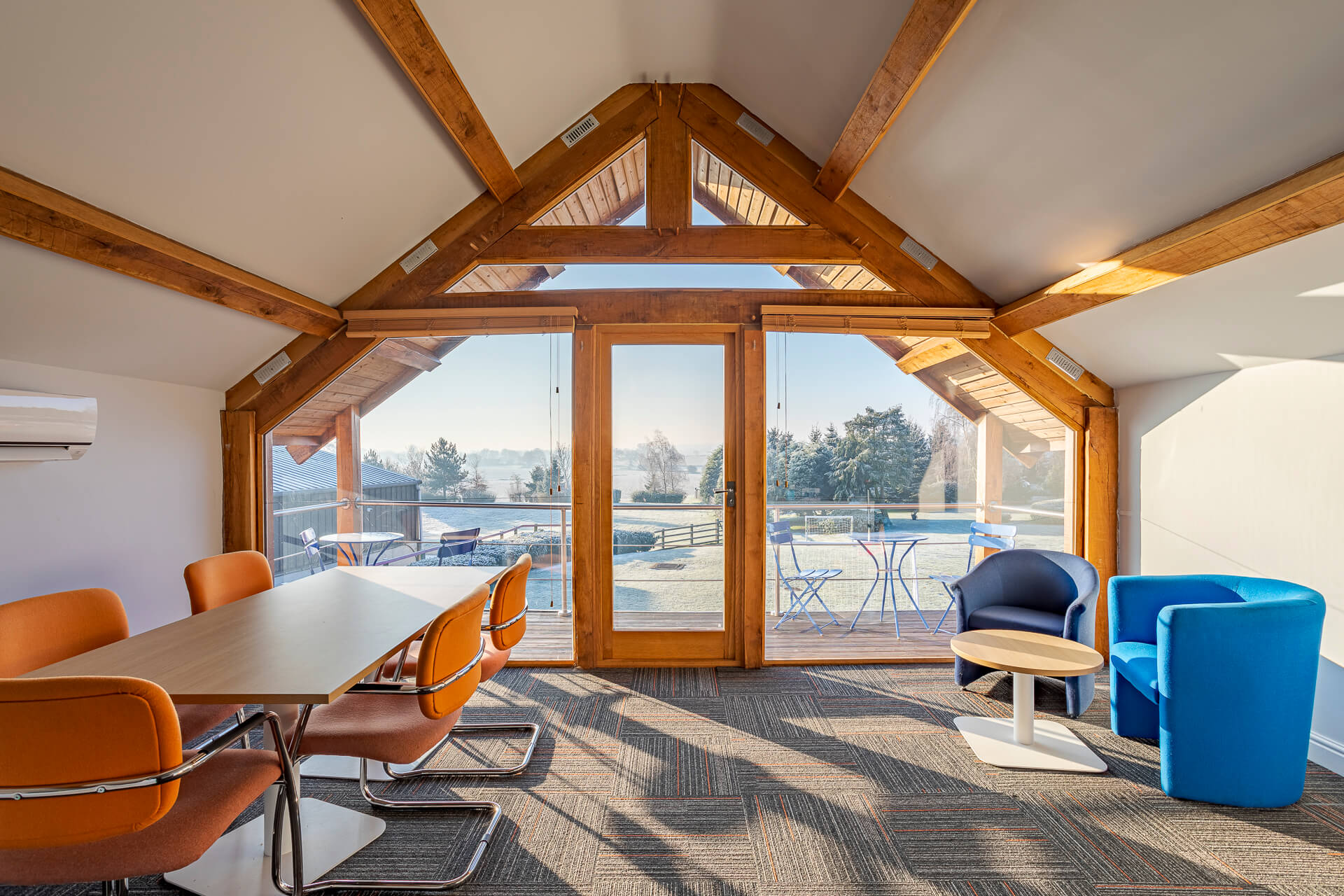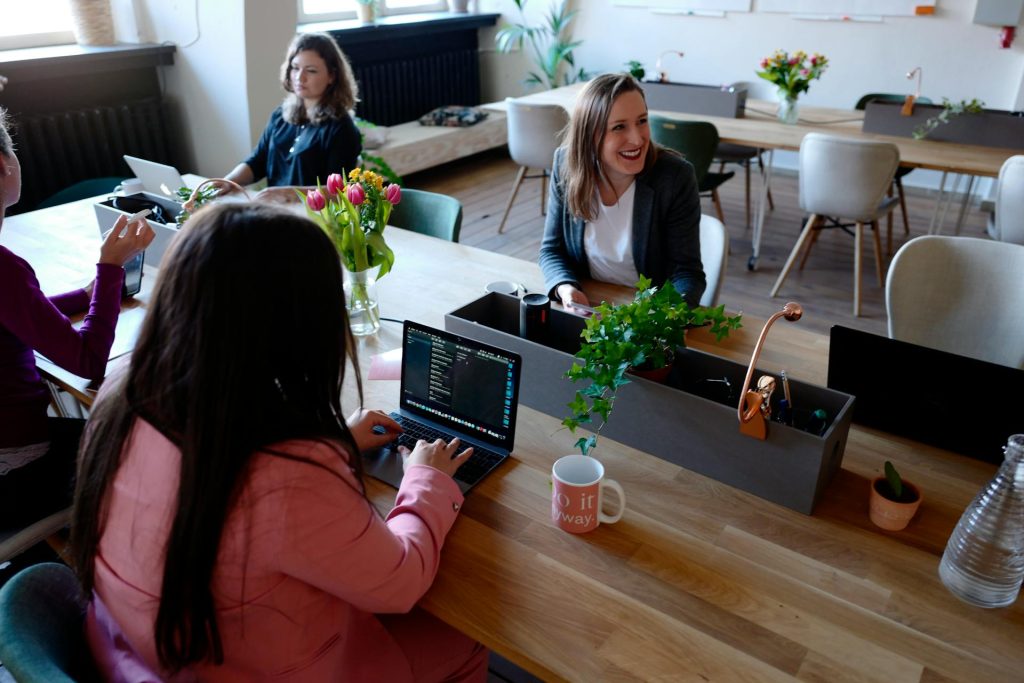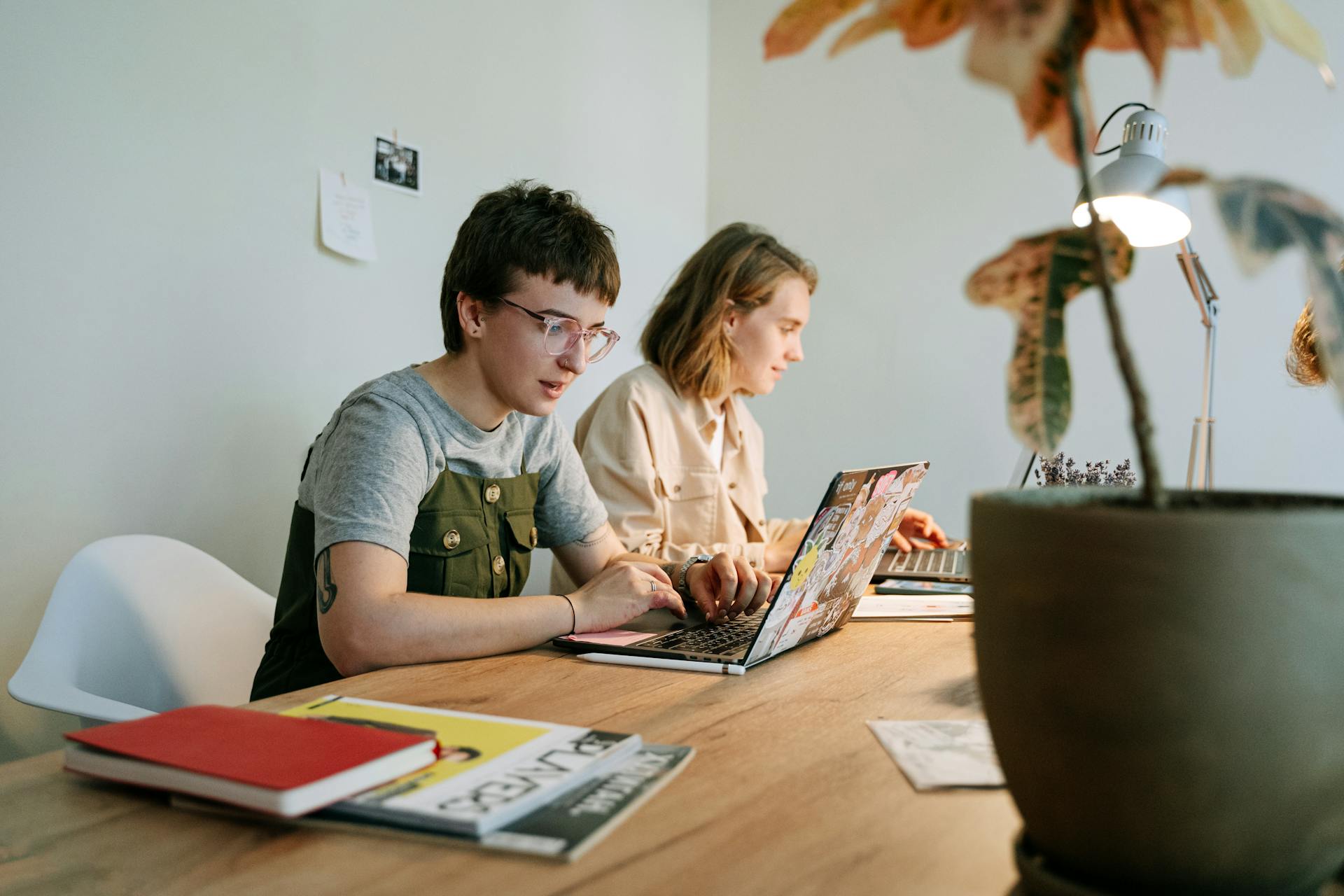
Designing a Workspace Around Your Company Culture
Walk into any office, and within minutes, you can feel the personality of the place. Some offices hum with quiet efficiency, others buzz with creative energy, and some feel as sterile as a waiting room. The way a workspace looks, feels, and functions isn’t just about aesthetics; it’s a direct reflection of company culture. If you’re designing a workspace, the trick isn’t to follow the latest Pinterest trends – it’s to build a space that reflects your company’s values.
Start with What You Stand For
Before you even think about desks, lighting, or whether bean bag chairs are a good idea, take a step back. What is your company really about? Is collaboration your superpower? Do employees thrive in deep focus? Are you a high-energy startup or a buttoned-up law firm?
Culture isn’t about what’s written in the employee handbook. It’s about the everyday rhythms of work, the way people interact, and what drives their success. If your workspace doesn’t match that, it’s just another box people show up to each day.
Choose What Works, Not What’s Trendy
For years, open offices were all the rage – until people realised they could be a nightmare. Constant noise, no privacy, and distractions at every turn. But cubicles aren’t the answer for everyone either. The best workspaces balance openness with privacy, giving people options.
A company built on collaboration? Create natural gathering spaces with cosy seating and whiteboards. A culture of deep work? Give employees quiet zones where they can think without interruption. The best offices blend both, allowing people to move between collaborative and focused work as they need.
Design for Energy, Not Just Looks
Too many offices look great in photos but feel lifeless in person. A great workspace isn’t about fancy furniture or a minimalist aesthetic – it’s about energy. Natural light, for example, isn’t just a nice perk; it boosts mood and productivity. Plants don’t just make a space prettier; they improve air quality and reduce stress.
And then there’s movement. A company that values wellness should have standing desks, and nearby areas for movement. A creative agency might benefit from breakout zones filled with color and inspiration boards. Design choices should energise people in ways that align with company values.
Think Beyond the Physical Space
Culture isn’t just about desks and meeting rooms. It’s about experience. If your company thrives on spontaneity, rigid seating arrangements and formal decor won’t help. If remote work is a big part of your culture, an office designed for constant in-person collaboration might feel off.
A good workspace adapts to the way people actually work. Maybe that means a mix of traditional desks and flexible seating. Maybe it means investing in tech that makes remote workers feel just as present as those in the office. The key is to match the space to the way work happens.

Involve Your Team in the Process
Top-down office design often fails because leaders assume they know what employees want. Instead, ask. What helps them focus? What makes their workday easier? What kind of spaces inspire them?
Sometimes, the smallest details make the biggest difference. Employees might not need a massive redesign – maybe they just need better lighting, a quiet zone, or a fridge that actually fits everyone’s lunch. By involving them, you create a space that actually serves the people using it.
A Workspace That Grows with You
The best office designs aren’t set in stone. Culture evolves. Companies change. A startup today might be a corporate giant in five years. A fast-paced, high-energy culture might mellow out as teams mature. Your workspace should be able to shift with you.
That means designing with flexibility in mind – modular furniture, adaptable meeting areas, and tech that can scale. The goal isn’t to create a “finished” office. It’s to build a space that can grow, just like the company itself.
At the end of the day, an office isn’t just a place to work – it’s a place where people spend a huge chunk of their lives. A well-designed space should make employees feel comfortable, inspired, and connected.
A company’s culture isn’t built through mission statements and corporate values written on a wall. It’s built in the small, everyday moments. The workspace should be a reflection of that – designed not just for work, but for the people who bring that work to life.
If you’re looking for a workspace that can adapt to your business needs then why not get in touch with us today to see how we can help.

